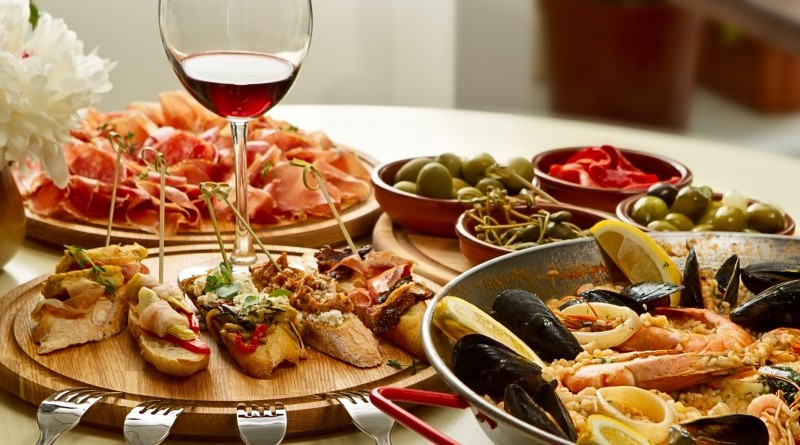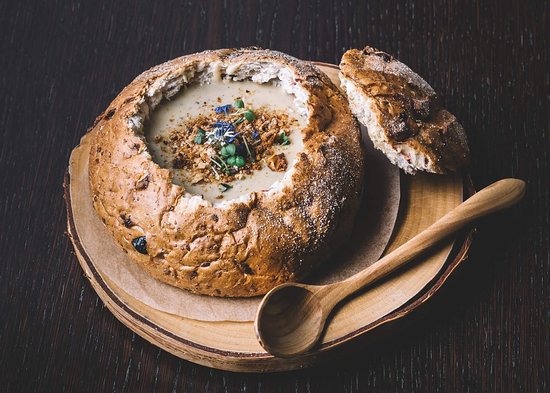Italian Renaissance and Baroque
The Italian Renaissance and Baroque periods were associated with a cultural and artistic revival that spread throughout Europe. This period saw the birth of some of the most remarkable artistic movements in history. However, the influence of these movements extended beyond art and architecture, to fashion, music, and even cuisine. The cuisine of the Italian Renaissance and Baroque periods has played a significant role in shaping modern Italian cuisine.
Culinary Traditions of the Periods
During the Italian Renaissance and Baroque periods, there was a significant shift in culinary traditions. There was a greater emphasis on the use of herbs and spices to enhance the flavors of dishes. The use of meat and fish in dishes was common, and there was a greater importance placed on presentation and aesthetics of the food. The introduction of new cooking techniques, such as roasting and grilling, helped to improve the quality of the food.
Ingredients and Techniques
The Italian Renaissance and Baroque periods saw the introduction of new ingredients and techniques that have become staples in modern Italian cuisine. The use of tomatoes, potatoes, and peppers, which were imported from the Americas, became a vital part of Italian cuisine. The use of olive oil, garlic, and wine in cooking also became more prevalent. Techniques such as pasta making, risotto preparation, and pizza baking originated during this time.
Influence on Modern Cuisine
The influence of the Italian Renaissance and Baroque periods on modern cuisine cannot be overlooked. Many dishes that are popular today, such as lasagna, pizza, and risotto, originated during this period. The emphasis on fresh and seasonal ingredients is still a part of modern Italian cuisine. The use of herbs and spices to enhance the flavors of dishes is also still prominent in modern Italian cooking.
Regional Variations
The cuisine of the Italian Renaissance and Baroque periods varied greatly depending on the region. Northern Italy was known for its rich and heavy dishes, while Southern Italy was known for its lighter and spicier dishes. The coastal regions of Italy also had a strong influence on Italian cuisine, with seafood being a prominent ingredient in dishes.
Famous Dishes and Recipes
There are many famous dishes and recipes that originated during the Italian Renaissance and Baroque periods. Some of the most popular include lasagna, pizza, risotto, and tiramisu. Other regional dishes such as risi e bisi from Venice, and bistecca alla Fiorentina from Tuscany, are also popular. These dishes have become a part of Italian culinary tradition and are enjoyed around the world.
In conclusion, the Italian Renaissance and Baroque periods have played a significant role in shaping modern Italian cuisine. The use of new ingredients and techniques, the emphasis on fresh and seasonal ingredients, and the regional variations have contributed to the diversity and richness of Italian cuisine. The influence of these periods can still be seen in modern Italian cooking, making Italian cuisine one of the most beloved and popular cuisines in the world.


